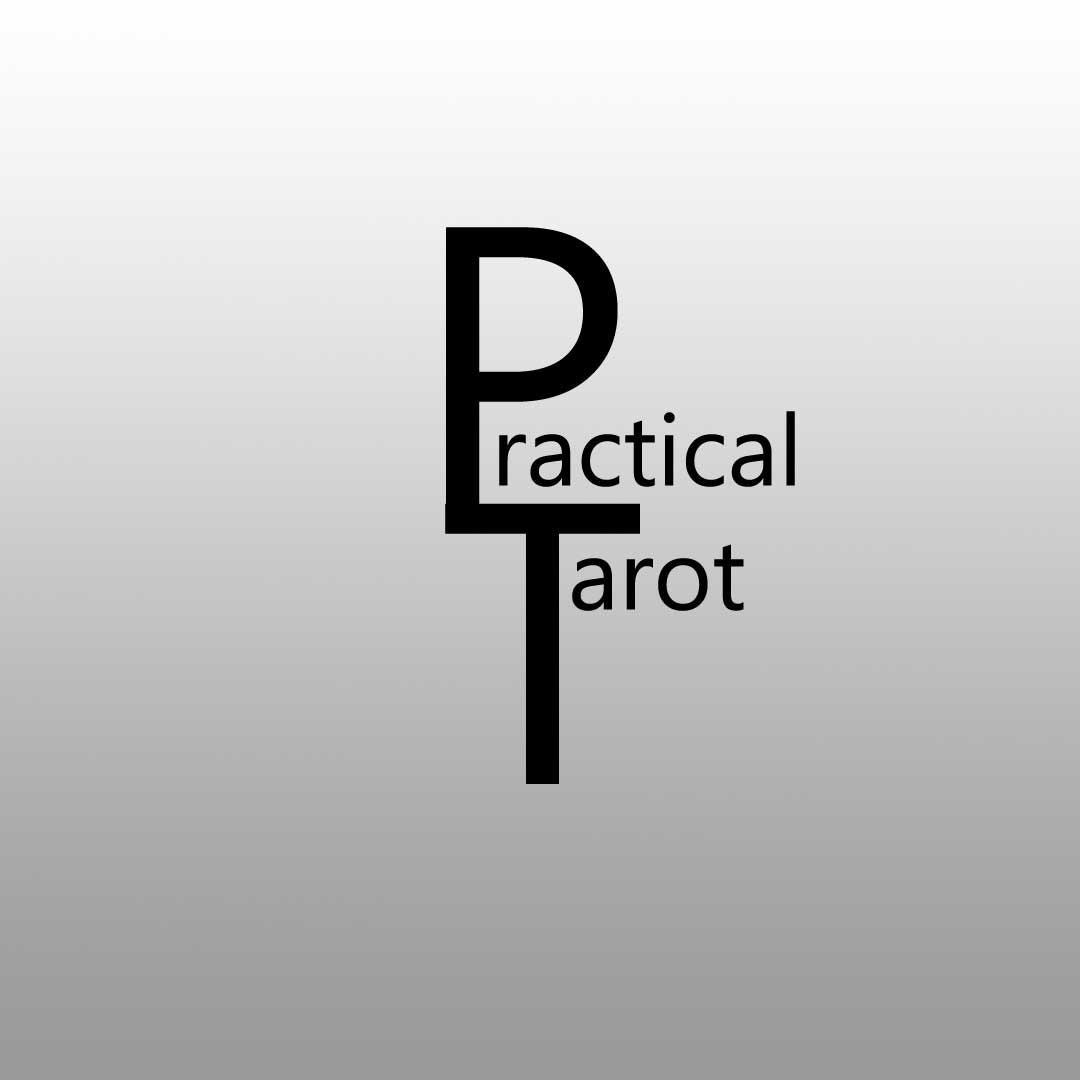There are as many different schools of thought in tarot work as theories of psychology and methods of counselling and other talking therapies. Some tarot readers trust their psychic abilities to connect with the cards. Others rely on contact with Spirit. While some, like me, take a Jungian approach, seeing the tarot cards both as a key to unlock thoughts and memories hidden deep in our personal subconscious, and also a channel through which we share our ancestral knowledge
You are not alone in your subconscious mind. Actually, it’s pretty crowded in there. The tarot cards are a pathway to the memories of all the generations who have come before you. All we have to do is open our minds and listen.
The Collective Unconscious
Carl Jung, an early colleague of Freud, later developed his own theories of the human psyche. He was interested in what we have in common as human beings: what unites us and yet makes us unique individuals. Jung’s answer was that we carry ancestral memories of all our forefathers (and mothers too of course) in our DNA and live them out as individuals. In fact, the purpose of our lives according to Jung is to become a fully integrated and fulfilled person with an understanding of who we are as individuals within our family, community and ancestral history.
Carl Jung’s theory was that there is a reservoir of inherited memories known to us from earliest conception, carried in our DNA and as innate and instinctive as the desire to get up from our knees and walk; to communicate with spoken language; to love and be loved; to mate; to parent; to control, possess or destroy. We live out these instincts in our own unique, personal ways. Jung called this reservoir of memories the Collective Unconscious or Universal Consciousness. He saw the Tarot as just one way to access the knowledge passed on to us through Collective Unconscious.
Instinct is Knowledge
If the theory that we share knowledge and are guided by our earliest ancestors seems a little far fetched, we have only to remember what we know of instinctive animal behaviour. We accept that a young cuckoo, never having known its biological parents, can fly thousands of miles to overwinter in the Congo. It knows the way even if it is captured, ringed, and taken hundreds of miles from its birth place to begin its journey. We know that a baby robin hatched in a suburban airing cupboard knows instinctively to freeze at the sight of a cardboard silhouette of an owl. We know that most dogs have been bred over thousands of years to be trusted companions to their people. As for domestic cats - well, some argue that most have enslaved their humans from day one.
Snakes, spiders and puppies
Have you ever wondered why so many people have a fear of spiders or snakes, even before they have had a bad experience of either? A fear of thunderstorms is common to many animals and humans. Some responses seem to be hard-wired into our DNA, like our attraction to small fluffy creatures like puppies or even inanimate soft toys. Most people feel protective towards babies and young children, both their own and others. We know of course that not everyone responds in the same way, (some people adore and collect snakes, while others may drown kittens or dislike their children), but we can make generalisations. We call these shared objects of fear, hate, desire, love, protection, confusion or anxiety, Archetypes.
The Archetypes Speak to Us
Archetypes speak to us across generations, cultures and ages. The Mother Archetype, for example, is recognised and understood by all cultures, revered by many religions, feared by others, and the subject of artistic, written and scholarly works from the earliest known prehistoric artefacts to modern psychoanalytic treatises. She appears in the Rider-Waite Tarot as High Priestess, Empress, the four Queens, The Star, and in various guises throughout the Minor Arcana.
Some of the many Archetypes that speak to us through the Tarot deck are the Great Father, the Child, the Victor, the Vanquished, the Enslaved, the Innocent, the Hero, the Sacrificed and the Teacher. There are many others which we will explore in later posts.
The tarot cards are one way for us to listen to our personal unconscious and to the Universal Unconscious. We instinctively recognise and respond to these archetypes at a deep and profound level. We react to them in our own individual, uniquely personal way.
Trust Your Intuition
When we work with the tarot cards we are really seeking answers from our subconscious self and the Universal Consciousness. The person who knows everything that really matters about your life is you. You may not be aware that you know it. But somewhere, perhaps hidden in the deepest parts of your subconscious mind, you do have the answers. The Tarot is a way for you to unlock your unconscious and release your knowledge of the truth. This experience lies at the heart of Practical Tarot.

